It may be the most celebrated wheel design of all times. The Fuchs Felge (or Fuchs wheel) turns 50 years old this year. In our view the perfect time to take a closer look at the history behind what made the Fuchs wheel such an Icon it is today.
It all started in 1965 when Porsche was looking for a newer and lighter wheel for its upcoming 911 ‘S’ model.
Just two years earlier, Porsche had taken the market by storm with its 911 model series. Porsche had already some experience with making lightweight aluminum in German tanks but was missing the technology to transfer that ‘know how’ into its cars. It turned to a little known German company called Otto Fuchs AG. Otto Fuchs had experience in working light materials for the Aerospace sector and was also looking to apply its ‘know how‘ in cars.
Porsche had clear ideas of what it wanted. It wanted the wheel to be lighter than the normal steel wheels available to previous 911 customers. Lighter meant better agility for the car and in the end a better driving experience. Most wheels at the time were made using the ‘casting process‘ and were not made out of one piece. Porsche turned to Otto Fuchs for help.
Otto Fuchs had a brilliant and completely revolutionary idea.
It would make use of a new technology and innovation called ‘Forging’. The wheel would be made out of one block or piece and made completely out of alloy. This would guarantee a lighter weight and allow the car to be more agile and have a better handling. The first sketch of the wheel was ready by the 13th of February 1965.
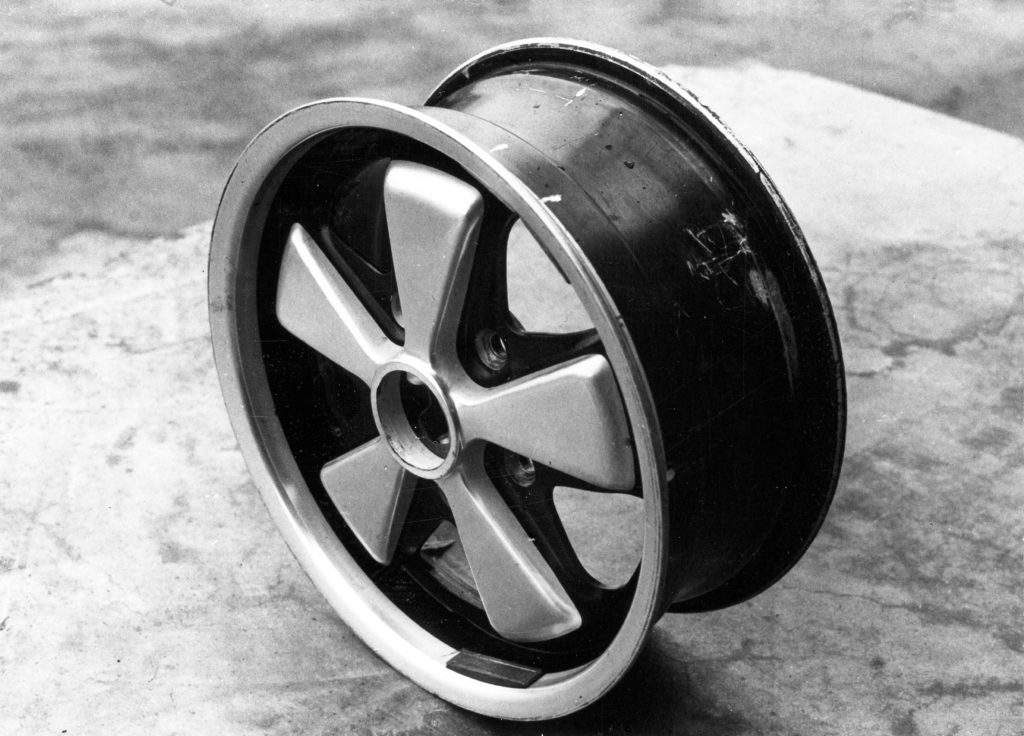
(Credit: Porsche AG).
This new manufacturing process of ‘forging’ proved extremely useful for Porsche.
The wheel would weigh only 5kg, so 3 kg lighter than previous wheels and the design would be absolutely groundbreaking. The design would come from Ferdinand A Porsche himself. It would be in the form of a ‘Kleeblatt’ as Porsche himself stated or Four leaf clover (it ended up being five). Best of all – because the wheel was forged and not cast – it was made out of one ‘piece’ or block of alloy which made it lighter, more stable.
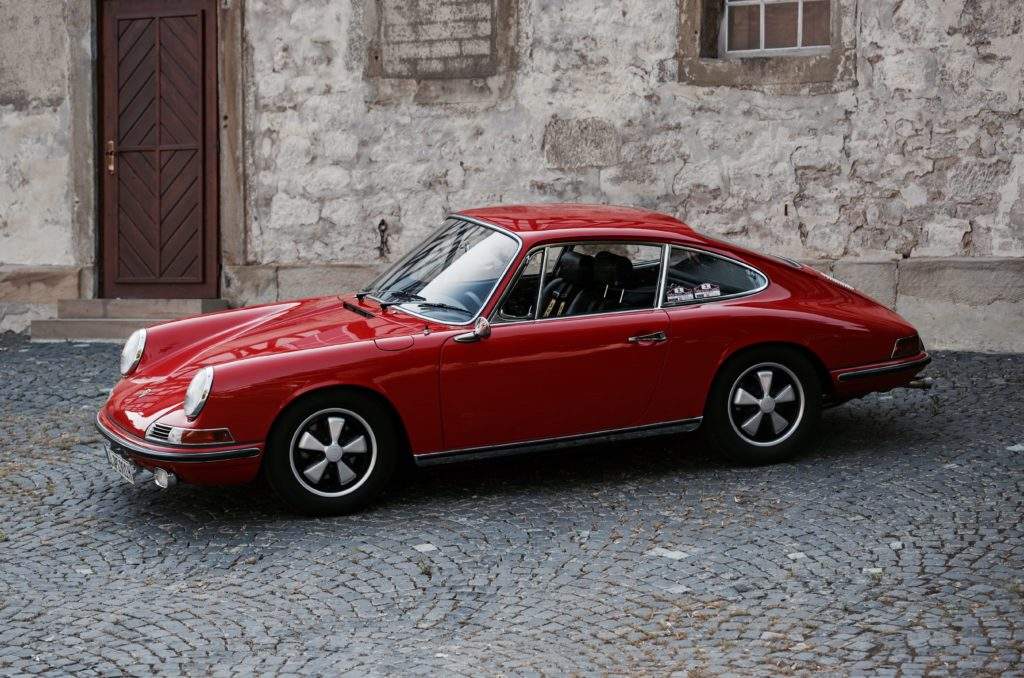
(Credit: Porsche AG).
The first Porsche model to carry the now legendary Fuchs wheel was the Porsche 911 S in 1967 (see picture above). The 911 S model was the top of the range 911 model available and the S stood for Sport. It came with several engine options (2.0, 2.2 and then 2.4L).
The company that designed this lightweight wheel was Otto Fuchs AG in Germany and soon the wheel got a nickname. It was simply called the Fuchs wheel (Fuchs in German means Fox). The Fuchs wheel had several advantages:
- It was made using one piece of alloy using the forging process
- The wheel was much lighter now (alloy)
- Fuchs wheels offered drivers a better driving experience – better handling & more stable
- Lighter weight meant also the car was more agile
- It looked stylish due to the design of Ferdinand A. Porsche
The Fuchs wheel became a legendary success for Porsche.
The wheel became such a big success for Porsche – that many collectors think of the Fuchs wheel automatically when they think of vintage Porsche today. Through superb design and great functionality the wheel today is universally acknowledged as an Icon around the world.
Let us take a look at some pictures and celebrate the Fuchs wheel – that this year turns 50. The first model to carry the Fuchs wheel was the Sporty 911 S version of Porsche. Below an original Porsche 911 S brochure with the famous wheel on it.
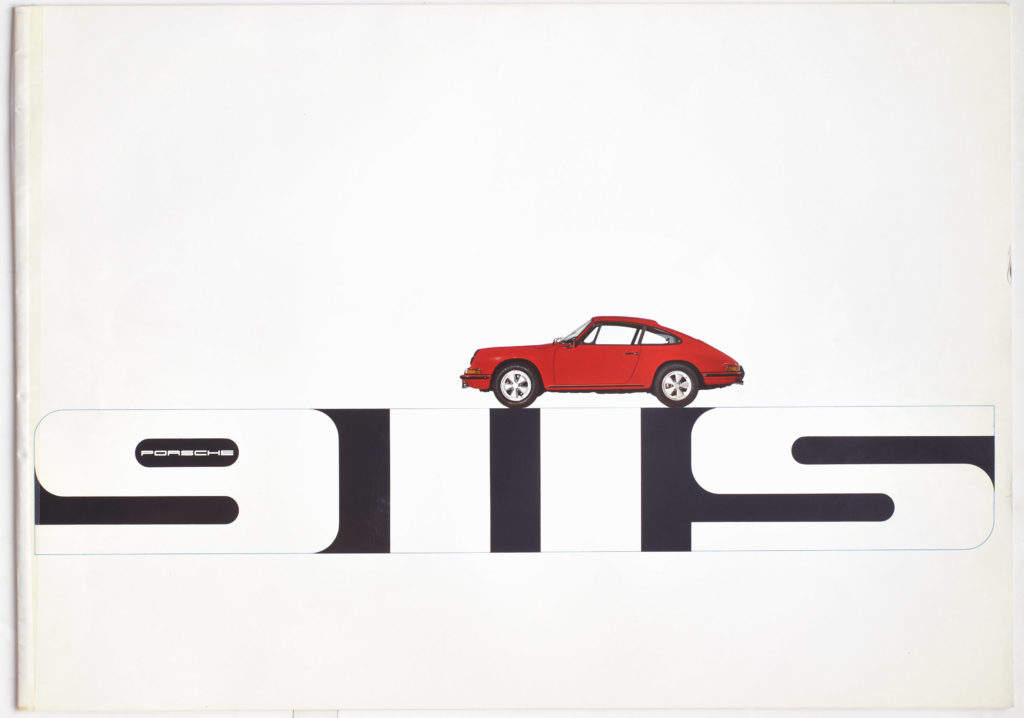
(Credit: Porsche AG).
The backside of the brochure showing the famous Fuchs wheel.
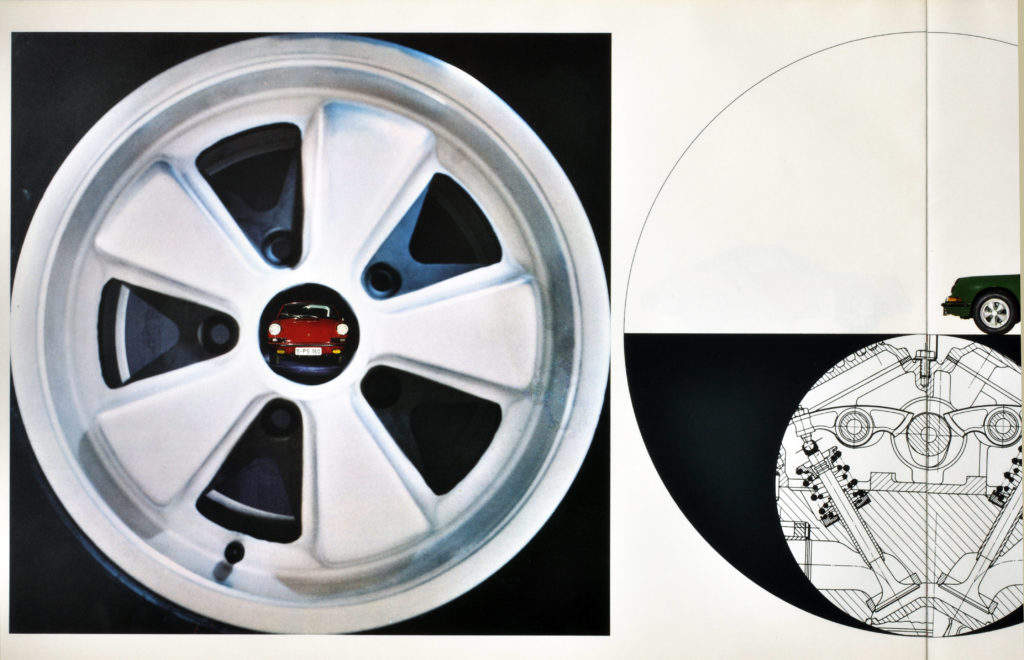
(Credit: Porsche AG).
Many legendary Porsche cars of the 1970s would bear the famous Fuchs wheel including the 2.7 RS.
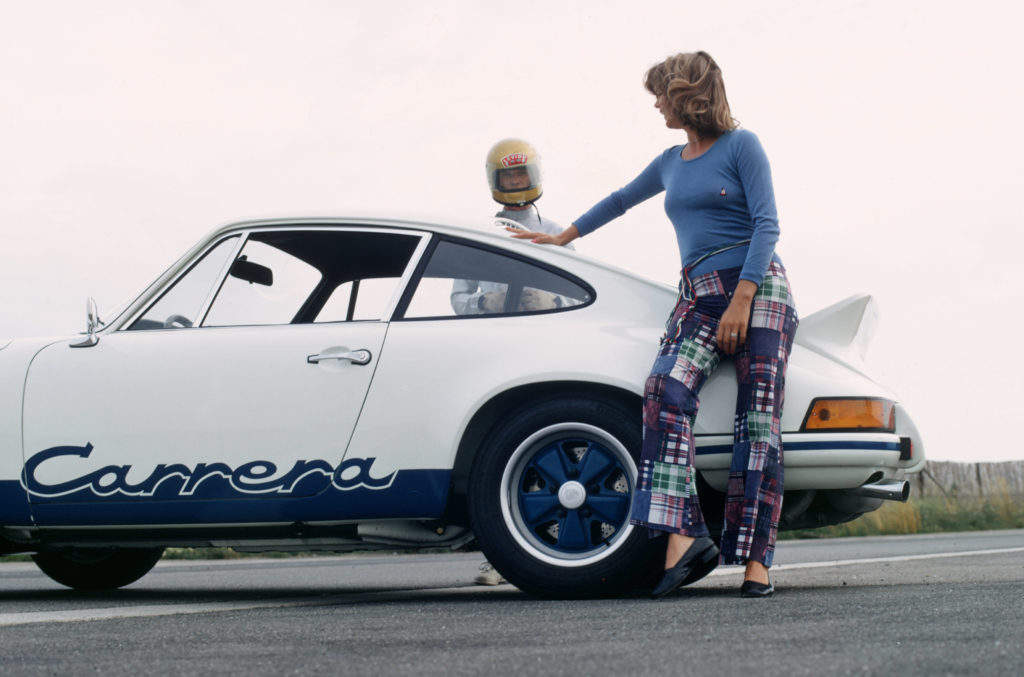
(Credit: Porsche AG).
The Fuchs wheel would made out of one piece of forged alloy and thus made the wheel lighter and offered drivers a better driving experience.

(Credit: Porsche AG).
Most people when they think of vintage Porsche 911 models from the 1970s – think of the famous Fuchs wheels.

(Credit: Porsche Driver Magazine and Porsche AG).
Otto Fuchs AG applied its know how in the Aviation and Aerospace industries where it worked on light materials such as alloy.
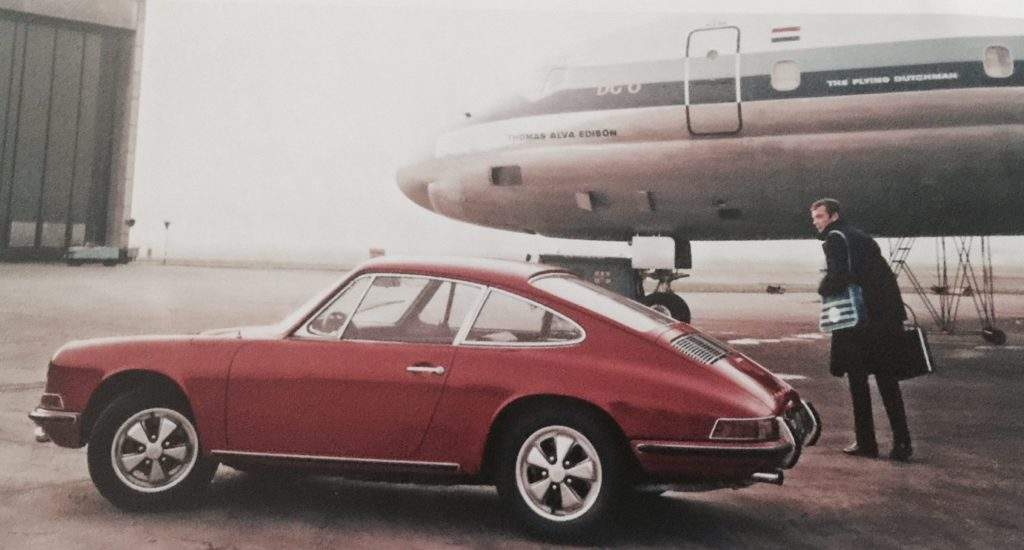
The wheel was designed by and under Ferdinand A. Porsche who also was responsible for designing the legendary 911 model for Porsche.
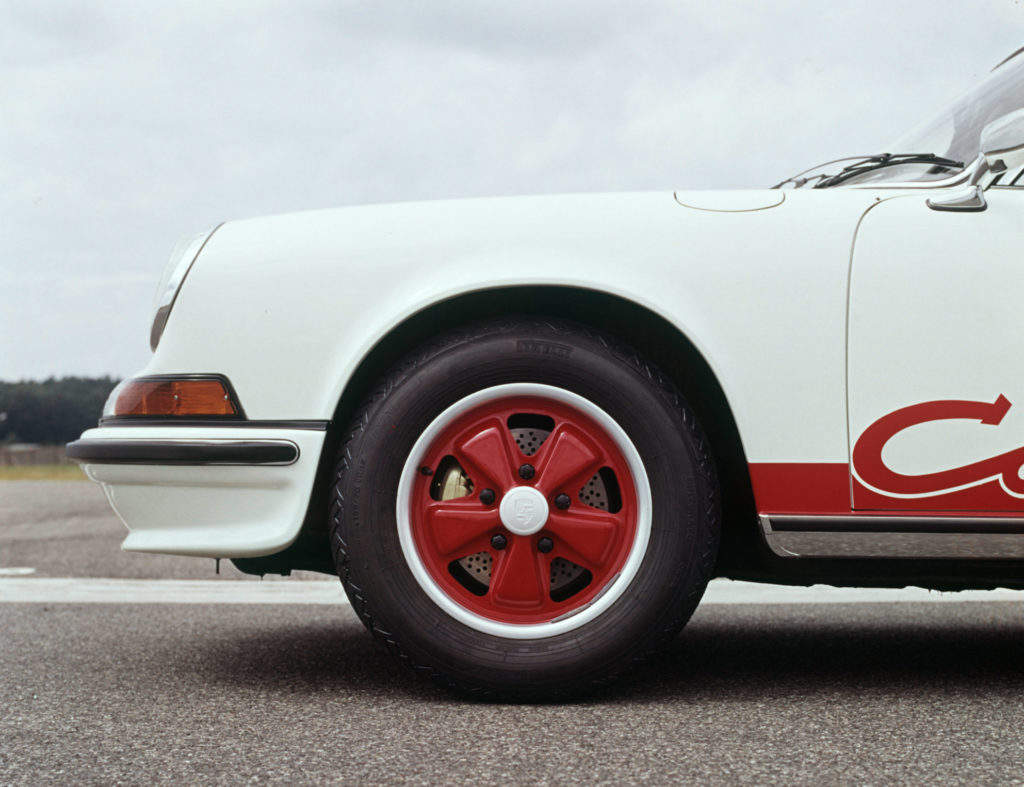
(Credit: Porsche AG).
(A special thank you to the Porsche Communications department – especially to Nadine Toberer for some German text and images).
